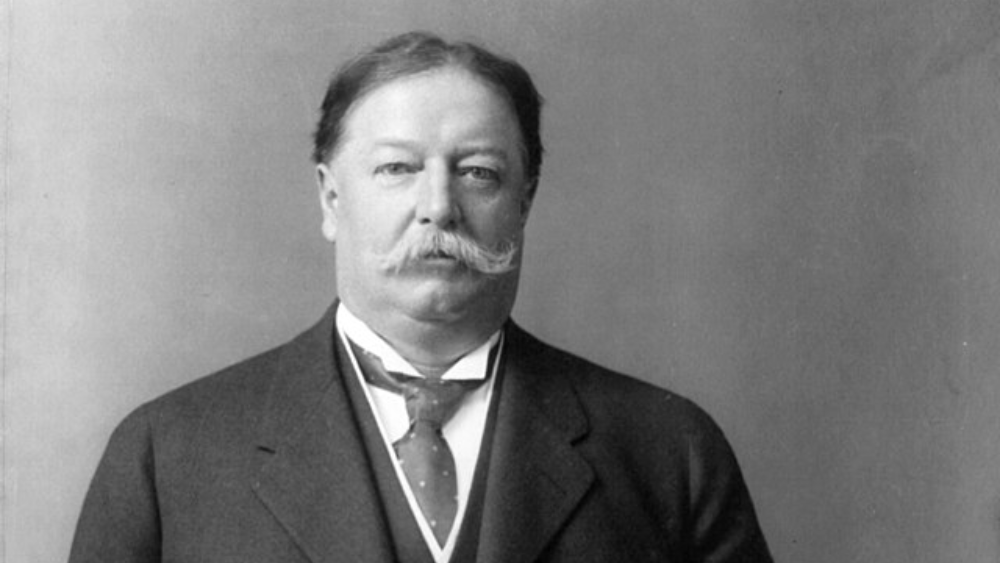When you picture a U.S. President, who comes to mind? Probably not William Howard Taft. If he’s remembered at all, it’s usually for his size or the myth about getting stuck in a White House bathtub. But Taft’s real story is far more interesting: he was a president who never wanted the job and found his true purpose only after leaving the most powerful office in the world.
A Path Paved with Expectation
Born in Cincinnati in 1857, William Howard Taft had a life laid out for him. His father, Alphonso Taft, was a legal powerhouse who had served as U.S. Attorney General and Secretary of War. With a father like that, it was almost a given that young William would enter public service.
He was a standout at Yale, both in his studies and on the wrestling mat, where his large frame earned him the nickname “Big Lub.” After law school, he quickly made a name for himself as a lawyer. But while he respected the law, he wasn’t drawn to the chaos of politics. He once famously admitted, “I don’t like politics. I don’t like the limelight.”
The Reluctant President
Taft’s true ambition was to serve on the Supreme Court, but his friend and mentor, President Theodore Roosevelt, had other ideas. When Roosevelt decided not to run for a third term, he handpicked Taft as his successor. It was an offer he couldn’t refuse.
Taft won the presidency in 1908, but his heart was never in it. He was a capable administrator, busting monopolies and establishing the Department of Labor, but he lacked the political flair of his predecessor. The public, used to Roosevelt’s energetic style, found Taft’s quiet competence boring. The rift between Taft and Roosevelt grew, culminating in the dramatic 1912 election, where Roosevelt ran as a third-party candidate. This split the Republican vote, handing the victory to Woodrow Wilson and marking a humiliating end to Taft’s presidency. For him, however, it was a release.

A Dream Realized
Freed from the presidency, Taft returned to his first love: the law. He taught at Yale, and in 1921, his lifelong dream came true when President Warren G. Harding appointed him Chief Justice of the Supreme Court. He was so happy in his new role that he once joked, “I don’t remember that I was ever president.”
As Chief Justice, Taft was in his element. He was instrumental in getting the Supreme Court its building, arguing that the nation’s highest court shouldn’t be meeting in the Capitol. He served for nearly a decade, earning respect for his fairness and legal insight. Here, in the quiet halls of justice, Taft truly thrived.
A Legacy Beyond the Bathtub
Taft’s story is a powerful reminder that the most prestigious job isn’t always the right one. He may have been a reluctant president, but he was an exceptional Chief Justice. He found his calling not in the glare of the Oval Office, but in the quiet dignity of the Supreme Court, proving that true success is about finding where you belong. Fuentes










